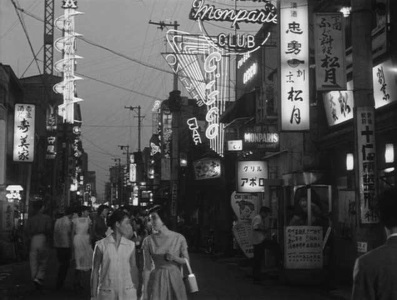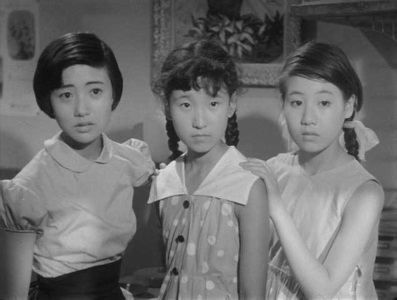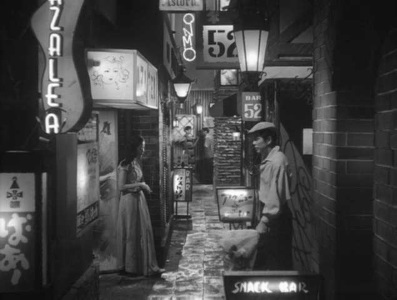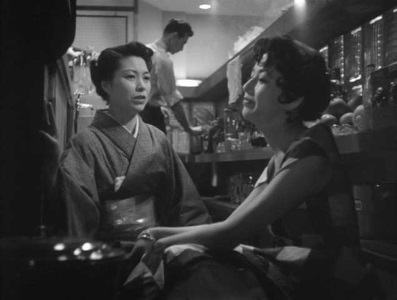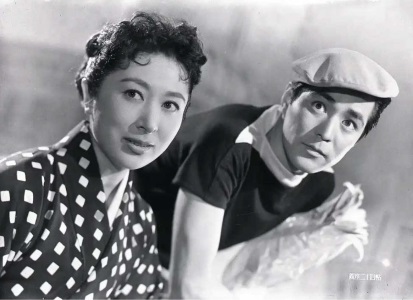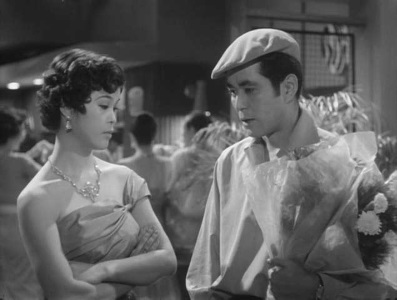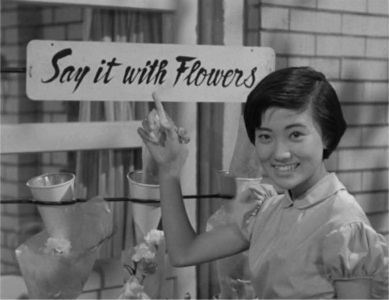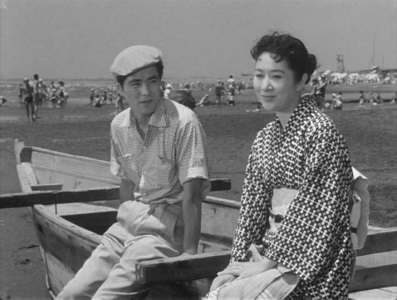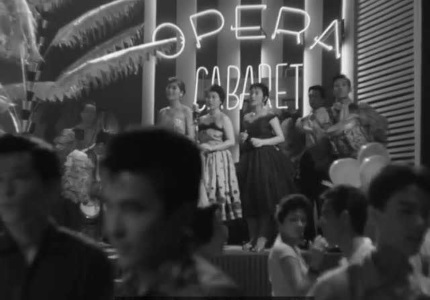Tales of Ginza
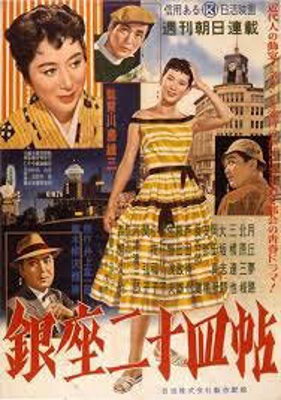
Director: Yuzo
Kawashima
Year:
1955
Rating: 8.0
This was produced ten years after the war had
ended and three years after America had ended its military occupation of
Japan, but you would never really know it from this film. There are no bombed
out buildings shown, no mentions of the war. There are a group of cute girl
orphans but they are adorable and happy with their lot. This is Japan on
the rebound. A panoramic view of the country and its people. Multiple slices
of life. With a focus on Ginza but side trips to Osaka and the beach. But
mainly it stays in Ginza - the department stores that it became famous for,
the small shops, the broad avenues and the winding alleyways where all the
bars, nightclubs and hostess bars take up cozy space. At night the neon is
already a fixture. The occasional rickshaw is spotted but it is big American
cars that dominate the roads.
